Home>Furniture & Design>Interior Design Trends>What Color Is Glass
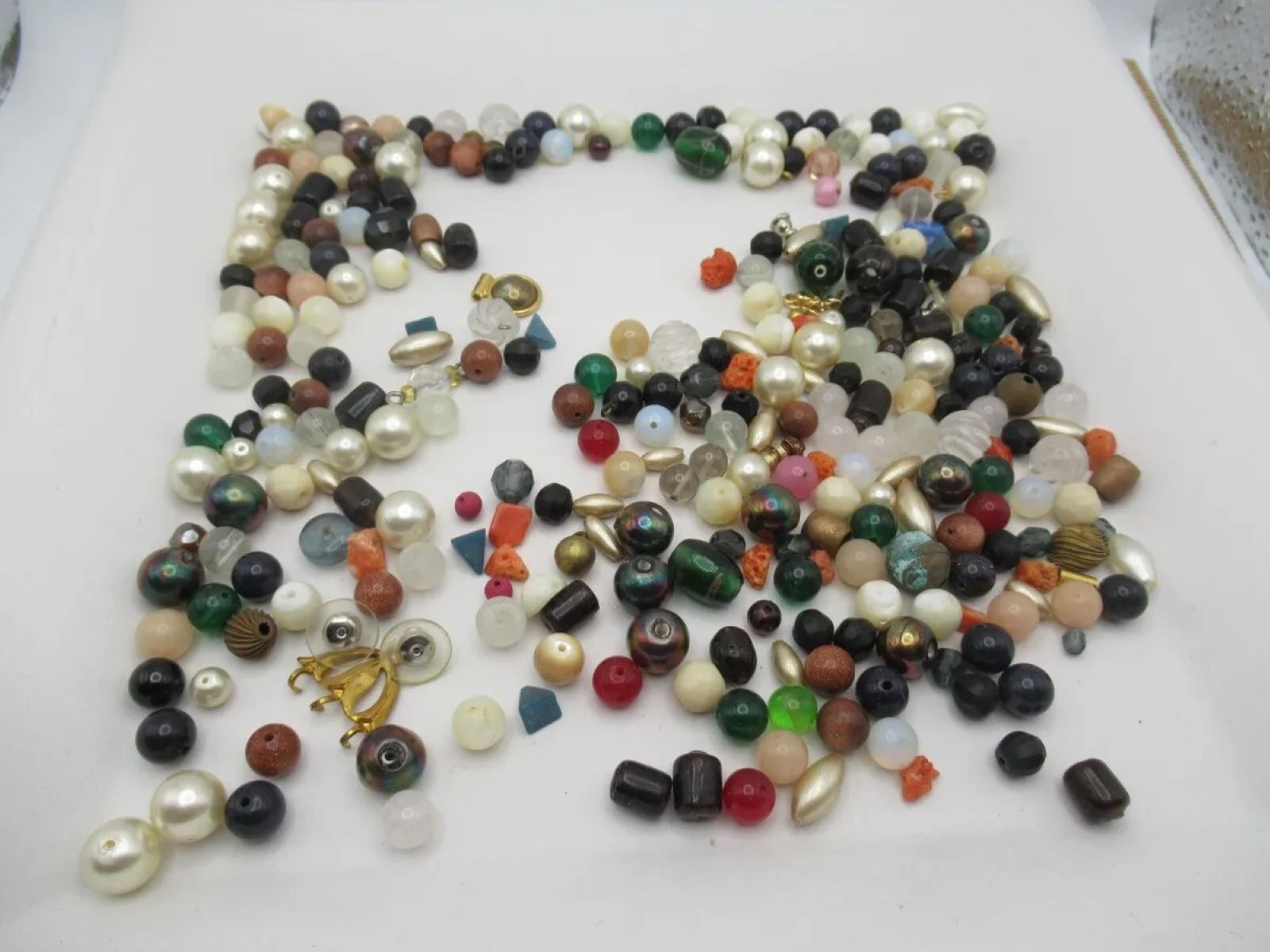

Interior Design Trends
What Color Is Glass
Modified: February 7, 2024
Discover the latest interior design trends for glass, including the color options available and how they can enhance your space. Explore the best glass colors for modern interiors.
(Many of the links in this article redirect to a specific reviewed product. Your purchase of these products through affiliate links helps to generate commission for Storables.com, at no extra cost. Learn more)
Introduction
Glass is a versatile and captivating material that has been an integral part of human history for centuries. Its transparent and translucent nature allows light to pass through, creating a mesmerizing interplay of colors and reflections. From the stained glass windows of ancient cathedrals to the sleek, modern glass skyscrapers that define city skylines, the use of glass has evolved and diversified, offering a myriad of applications in architecture, interior design, and art.
The color of glass, often taken for granted, is a fascinating aspect that adds depth and character to this remarkable material. Understanding the science behind glass coloration, the factors influencing it, and the common colors available can provide valuable insights for designers, architects, and enthusiasts alike. Whether it's the subtle green tint of clear glass, the rich hues of stained glass, or the vibrant tones of decorative glassware, each color tells a unique story and contributes to the overall aesthetic appeal of the space it inhabits.
In this article, we will delve into the captivating world of glass color, exploring its scientific foundations, the factors that shape its appearance, and the diverse palette of colors that captivate our senses. By gaining a deeper understanding of glass color, we can appreciate its beauty in a new light and harness its potential to elevate interior design, architectural marvels, and artistic creations. Let's embark on a journey to unravel the mysteries of glass color and discover the enchanting spectrum that enriches our visual experiences.
Key Takeaways:
- Glass color is influenced by metal oxides and rare earth elements, creating a mesmerizing spectrum of hues. Understanding the science and factors behind glass coloration enriches design and architectural possibilities.
- The perception of glass color goes beyond sight, engaging emotions, memories, and cultural associations. Each color evokes distinct feelings, shaping immersive experiences in interior design and art.
Read more: How Is Glass Colored
The Science of Glass Color
The mesmerizing array of colors exhibited by glass is a result of the interplay between light and the intrinsic properties of the material. Unlike opaque substances, which reflect and absorb light, glass possesses a unique transparency that allows light to pass through, interacting with its molecular structure to produce an astonishing spectrum of colors.
At its core, the science of glass coloration is rooted in the presence of metal oxides and other compounds within the glass matrix. When subjected to high temperatures during the glassmaking process, these compounds undergo a fascinating transformation, influencing the transmission and absorption of light. This intricate dance of photons and electrons within the glass matrix gives rise to the diverse palette of colors that captivate our senses.
The role of metal oxides in glass coloration is particularly noteworthy. For instance, cobalt oxide imparts a striking blue hue to glass, while chromium oxide contributes to the creation of vibrant greens. Similarly, the presence of iron oxide can result in the formation of amber and brown tones, adding warmth and depth to the glass. Furthermore, the concentration of these metal oxides, as well as the specific chemical composition of the glass, play a pivotal role in determining the intensity and shade of the resulting color.
In addition to metal oxides, the incorporation of rare earth elements such as neodymium and erbium can lead to the development of glass that exhibits unique color-changing properties. This phenomenon, known as dichroism, enables the glass to appear different colors when viewed from varying angles, adding an element of intrigue and dynamism to the material.
Furthermore, the cooling process following the glassmaking stage significantly influences its ultimate color. Rapid cooling can trap certain compounds within the glass, affecting its coloration, while controlled cooling allows for the formation of specific crystalline structures that contribute to the desired color profile.
By delving into the scientific intricacies of glass coloration, we gain a profound appreciation for the art and precision involved in creating the captivating hues that adorn our surroundings. This understanding serves as a testament to the seamless fusion of artistry and scientific principles, culminating in the breathtaking diversity of glass colors that enrich our visual experiences.
Factors Affecting Glass Color
The coloration of glass is influenced by a myriad of factors, each contributing to the mesmerizing spectrum of hues that define this versatile material. Understanding these factors is essential for appreciating the nuances of glass color and harnessing its aesthetic potential in various applications.
-
Chemical Composition: The fundamental composition of the glass matrix plays a pivotal role in determining its color. The inclusion of specific metal oxides, such as cobalt, chromium, and iron, imparts distinct hues to the glass. For example, cobalt oxide results in vibrant blues, while chromium oxide contributes to the creation of rich greens. The precise combination and concentration of these chemical components shape the final color profile of the glass.
-
Temperature and Heating Duration: The process of heating and melting the raw materials to form glass is a critical determinant of its color. Different metal oxides exhibit varying coloration properties at specific temperatures, and the duration of exposure to heat influences the extent of their interaction with the glass matrix. Controlled variations in temperature and heating duration allow artisans to achieve a diverse range of colors, from subtle tints to intense shades.
-
Cooling Rate: The rate at which the molten glass is cooled following the shaping process significantly impacts its color. Rapid cooling can trap certain compounds within the glass, leading to unexpected color variations, while controlled cooling allows for the formation of specific crystalline structures that contribute to the desired color profile. The meticulous management of cooling rates is essential for achieving consistent and predictable color outcomes.
-
Presence of Rare Earth Elements: The incorporation of rare earth elements, such as neodymium and erbium, introduces a fascinating dimension to glass coloration. These elements can exhibit dichroic properties, causing the glass to display different colors when viewed from varying angles. This unique phenomenon adds an element of dynamism and intrigue to the glass, making it an ideal choice for creating captivating visual effects.
-
Light Transmission and Reflection: The interaction of light with the glass surface influences its perceived color. The thickness and texture of the glass, as well as the angle of incidence of light, can alter the way colors are perceived. Understanding the interplay between light and glass is crucial for leveraging its color properties in architectural and design contexts.
By comprehensively considering these factors, designers, artisans, and architects can harness the captivating potential of glass color to create immersive and visually stunning environments. The intricate balance of chemical composition, temperature control, and the interplay of light culminates in the enchanting array of glass colors that continue to inspire and captivate us.
Glass is actually not colored, it is transparent. The color we see in glass is due to impurities or additives during the manufacturing process. Pure glass appears clear.
Common Colors of Glass
Glass, with its remarkable ability to showcase a diverse spectrum of colors, offers an extensive array of hues that enrich architectural marvels, interior spaces, and artistic creations. Each color possesses its own unique allure, contributing to the ambiance and visual impact of the surrounding environment. Understanding the common colors of glass provides valuable insights into the aesthetic possibilities and design applications of this captivating material.
-
Clear Glass: Clear or colorless glass, often perceived as transparent, possesses a subtle greenish tint due to the presence of iron impurities in the raw materials. This classic and versatile hue allows unobstructed light transmission, making it an ideal choice for architectural windows, elegant tableware, and contemporary design elements. Its understated elegance and timeless appeal make clear glass a staple in various design contexts, seamlessly blending with diverse color palettes and interior styles.
-
Blue Glass: The captivating allure of blue glass, often achieved through the addition of cobalt oxide during the glassmaking process, evokes a sense of tranquility and serenity. From deep sapphire tones to delicate azure hues, blue glass finds its place in decorative vases, ornate chandeliers, and stained glass windows, infusing spaces with a calming and ethereal ambiance. Its ability to evoke a connection to the sea and the sky makes blue glass a popular choice for adding a touch of sophistication and depth to interior design compositions.
-
Green Glass: Green glass, achieved through the incorporation of chromium oxide, exudes a sense of natural beauty and vitality. Ranging from subtle mossy shades to rich emerald tones, green glass finds its expression in decorative ornaments, vintage glassware, and architectural accents. Its association with nature and renewal makes it a compelling choice for infusing spaces with a refreshing and rejuvenating atmosphere, seamlessly blending with botanical themes and earthy design elements.
-
Amber Glass: The warm and inviting allure of amber glass, attributed to the presence of iron impurities and sulfur compounds, radiates a sense of cozy elegance. With its rich golden-brown hues reminiscent of autumnal landscapes, amber glass adorns pendant lights, ornamental bottles, and antique glass collectibles. Its ability to imbue spaces with a sense of warmth and nostalgia makes it a cherished addition to interior settings, evoking a timeless charm and a hint of vintage allure.
-
Ruby Red Glass: The vibrant and passionate essence of ruby red glass, achieved through the addition of gold chloride or selenium compounds, infuses spaces with a bold and captivating energy. From ornate glass sculptures to intricate stained glass panels, ruby red glass commands attention and adds a touch of opulence to interior design compositions. Its association with passion and vitality makes it a striking choice for creating focal points and accentuating the dramatic elements of a space.
-
Violet Glass: The enigmatic and regal allure of violet glass, often created through the addition of manganese compounds, embodies a sense of mystery and sophistication. With its deep and alluring tones, violet glass finds its expression in decorative perfume bottles, artistic glassware, and contemporary design accents. Its ability to evoke a sense of luxury and intrigue makes it a captivating choice for adding a touch of glamour and allure to interior settings, creating a sense of enchantment and refinement.
The diverse palette of common glass colors offers a wealth of possibilities for designers, architects, and enthusiasts to explore and integrate into their creative endeavors. Each color tells a unique story and evokes a distinct emotional response, enriching the visual landscape and contributing to the immersive experience of the spaces they adorn. By embracing the captivating array of glass colors, we can elevate interior design, architectural compositions, and artistic expressions, infusing them with depth, character, and visual enchantment.
The Perception of Glass Color
The perception of glass color transcends mere visual observation, encompassing a multisensory experience that engages our emotions, memories, and cultural associations. When encountering glass in various hues, our perception is shaped by a complex interplay of psychological, physiological, and environmental factors, culminating in a profound and nuanced understanding of color.
Color psychology plays a pivotal role in shaping our perception of glass hues. Each color evokes distinct emotional responses and associations, influencing our mood and cognitive processes. For instance, the tranquil allure of blue glass elicits feelings of calmness and introspection, while the vibrant energy of ruby red glass ignites passion and vitality. These emotional cues, intertwined with personal experiences and cultural symbolism, contribute to the way we interpret and respond to different glass colors.
Moreover, the interplay of light and glass color further enriches our perception. Natural and artificial lighting conditions can accentuate or alter the appearance of glass hues, creating dynamic visual effects and captivating interplays of light and shadow. The refractive and reflective properties of glass imbue each color with a sense of luminosity and depth, inviting us to explore its nuances from varying angles and distances.
Cultural and historical contexts also shape our perception of glass color. Certain hues may carry symbolic significance or traditional connotations in different societies, influencing their use in architectural elements, religious artifacts, and decorative arts. The rich heritage of stained glass windows in religious architecture, for example, reflects a profound cultural appreciation for the storytelling potential of vibrant hues, inviting contemplation and spiritual reflection.
Furthermore, the tactile and spatial qualities of glass color contribute to our holistic perception. The smooth, cool surface of glass, combined with its translucent nature, creates a sensory experience that transcends visual appreciation. The interplay of color, texture, and form in glassware, decorative objects, and architectural installations invites tactile exploration, fostering a deeper connection with the material and its chromatic expressions.
In essence, the perception of glass color is a rich tapestry of sensory, emotional, and cultural elements, intertwining to create a multifaceted experience. By understanding the intricate nuances of how we perceive glass hues, designers and creators can harness the evocative power of color to craft immersive environments, evoke emotional responses, and celebrate the captivating diversity of glass as a medium of artistic expression.
Conclusion
In conclusion, the captivating world of glass color unveils a mesmerizing interplay of science, artistry, and sensory perception. The scientific foundations of glass coloration, rooted in the interaction of light with metal oxides and rare earth elements, underscore the precision and ingenuity involved in creating the diverse spectrum of hues that adorn our surroundings. The factors influencing glass color, including chemical composition, temperature control, and the interplay of light, offer valuable insights for designers, architects, and artisans seeking to harness the aesthetic potential of this versatile material.
The common colors of glass, from the timeless elegance of clear glass to the vibrant allure of ruby red and violet, present a rich tapestry of possibilities for infusing architectural marvels, interior spaces, and artistic creations with depth, character, and visual enchantment. Each color tells a unique story, evoking distinct emotional responses and cultural associations, enriching the visual landscape and contributing to the immersive experience of the spaces they adorn.
The perception of glass color transcends mere visual observation, encompassing a multisensory experience that engages our emotions, memories, and cultural associations. From the psychological and physiological influences of color psychology to the interplay of light, texture, and cultural symbolism, our holistic perception of glass hues reflects a profound and nuanced understanding of color, inviting contemplation, emotional resonance, and tactile exploration.
By embracing the captivating array of glass colors, designers, architects, and enthusiasts can elevate interior design, architectural compositions, and artistic expressions, infusing them with depth, character, and visual enchantment. The enchanting spectrum of glass colors continues to inspire and captivate us, serving as a testament to the seamless fusion of artistry and scientific principles, culminating in the breathtaking diversity of glass colors that enrich our visual experiences.
Frequently Asked Questions about What Color Is Glass
Was this page helpful?
At Storables.com, we guarantee accurate and reliable information. Our content, validated by Expert Board Contributors, is crafted following stringent Editorial Policies. We're committed to providing you with well-researched, expert-backed insights for all your informational needs.

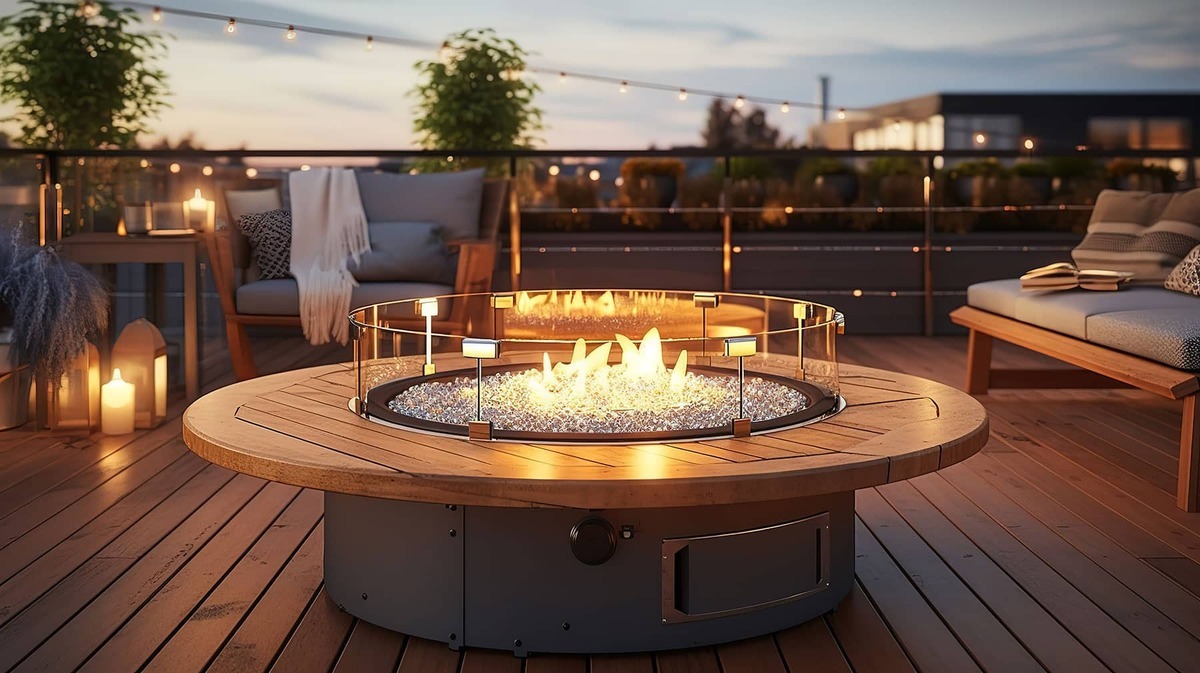
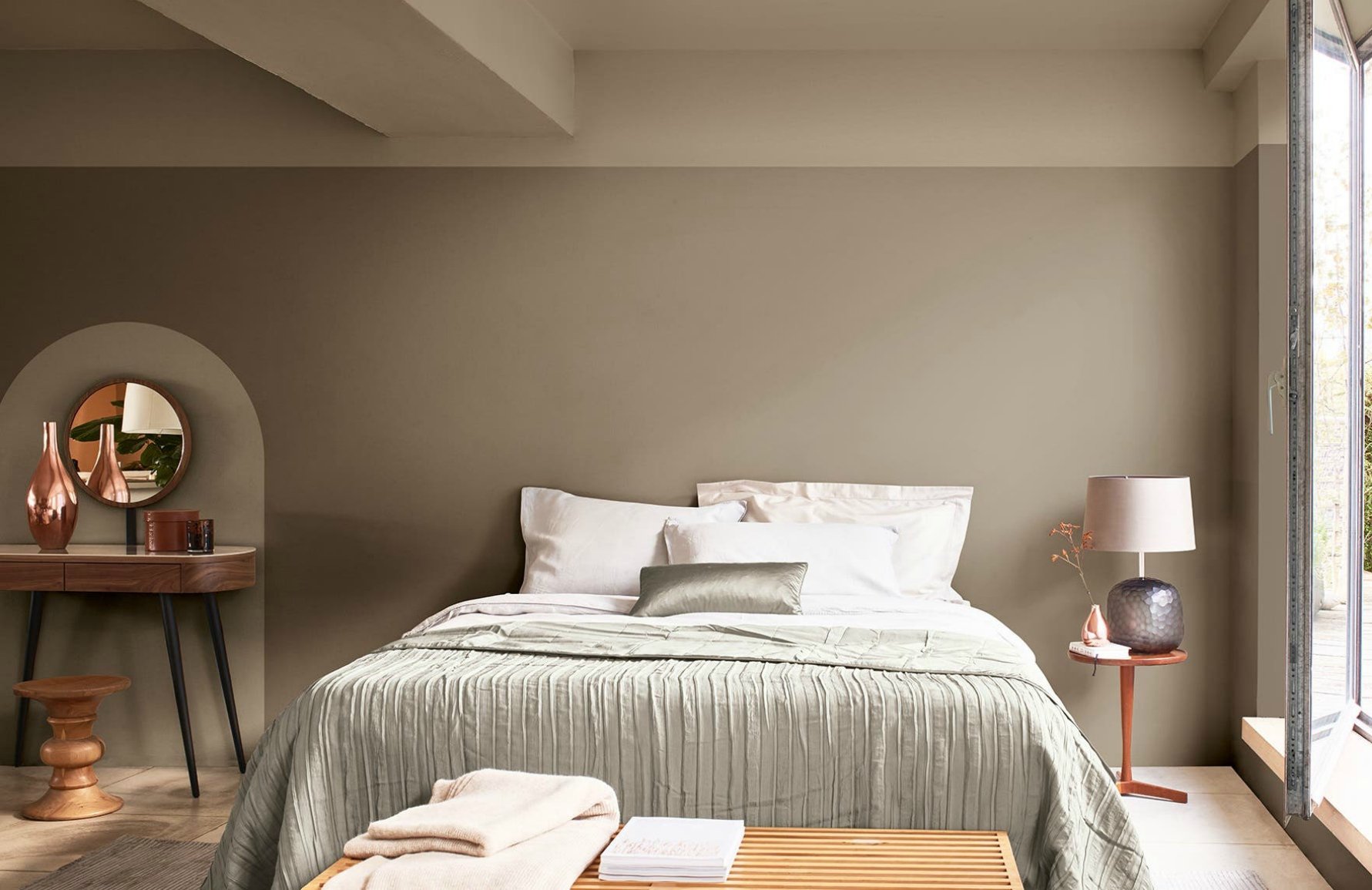
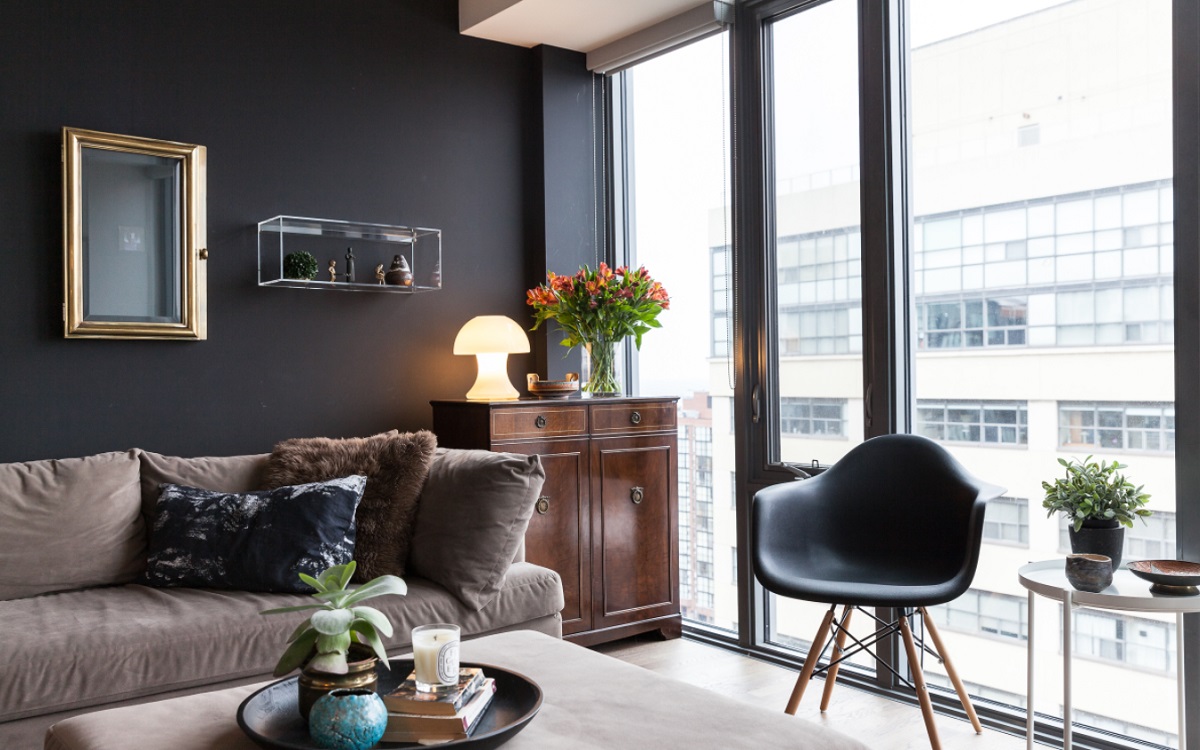
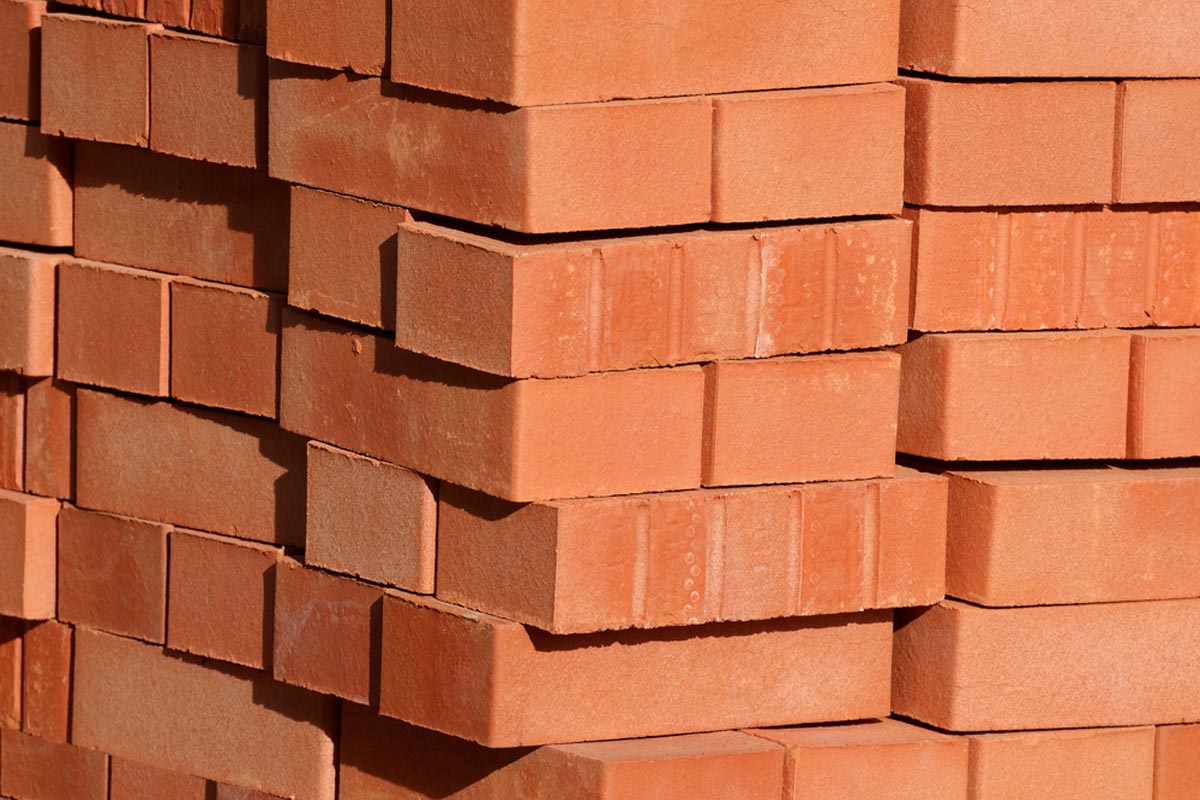
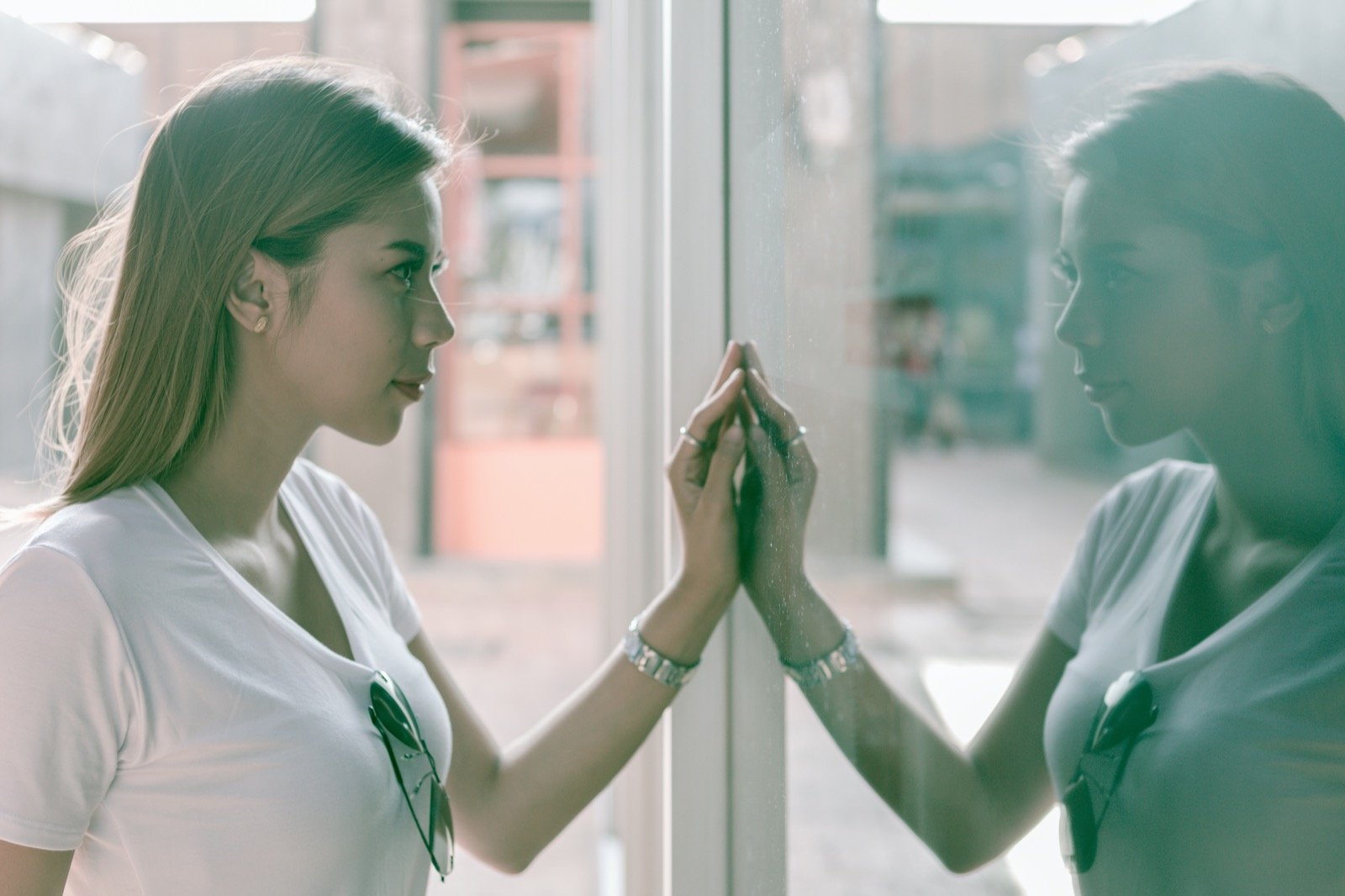
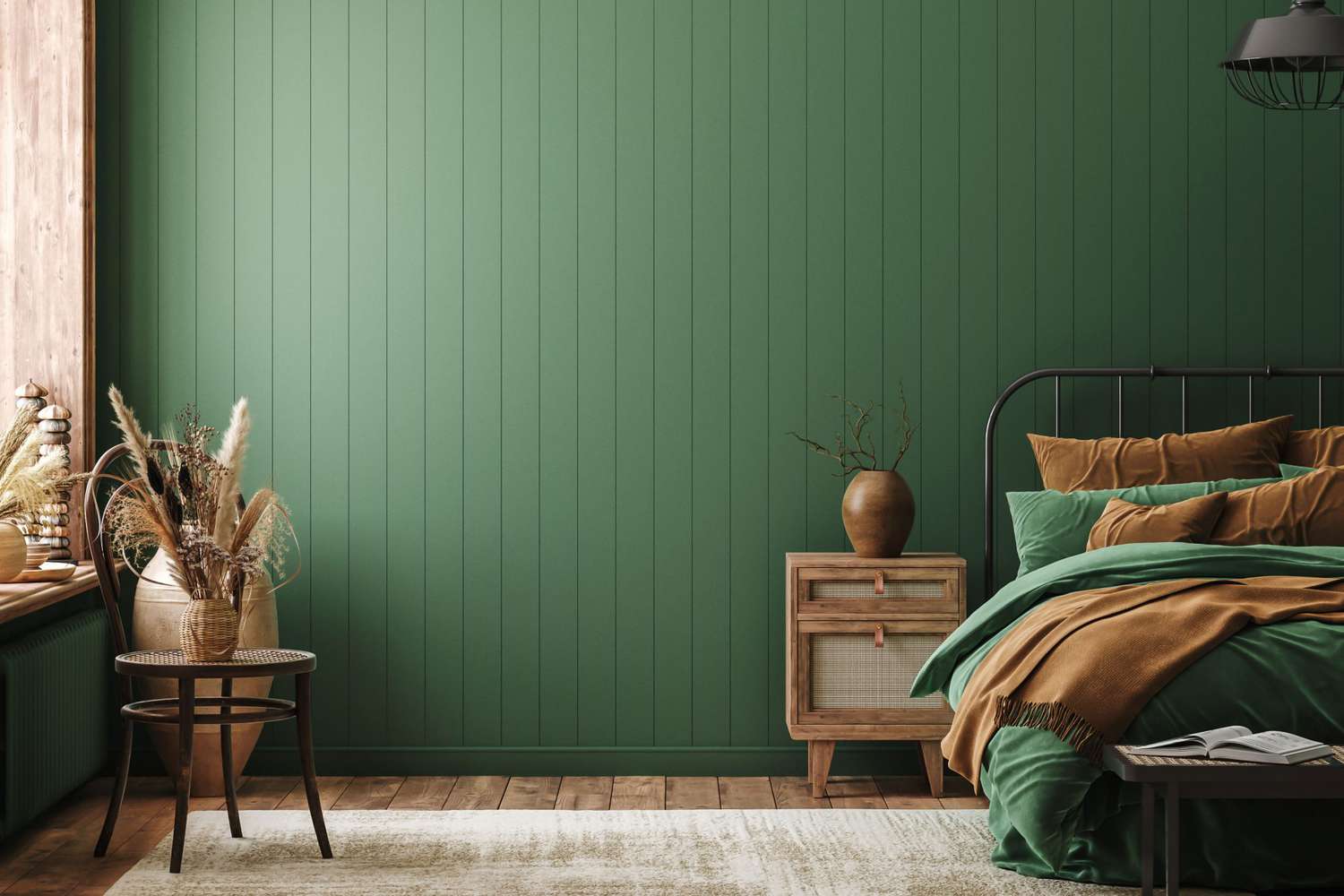
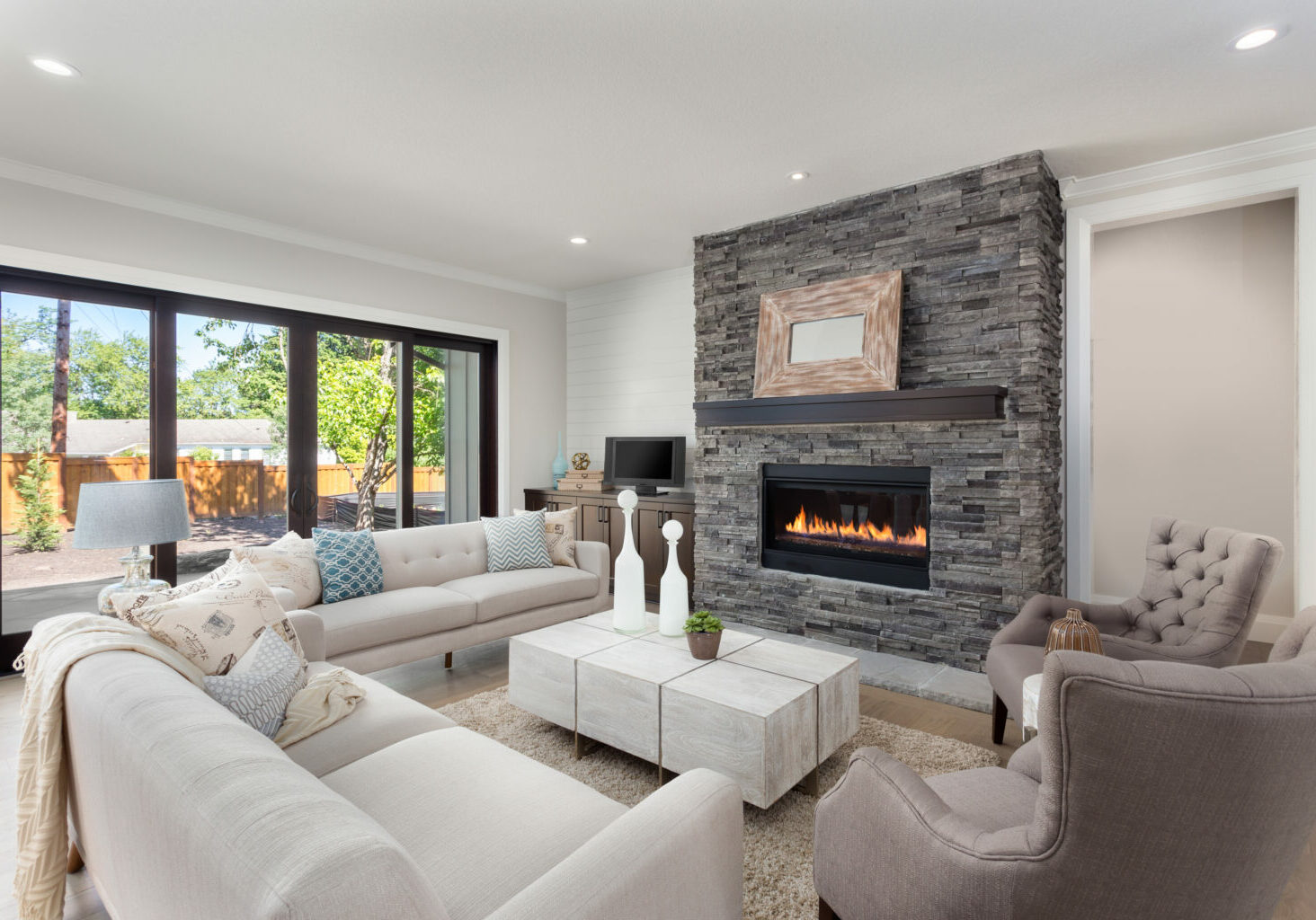

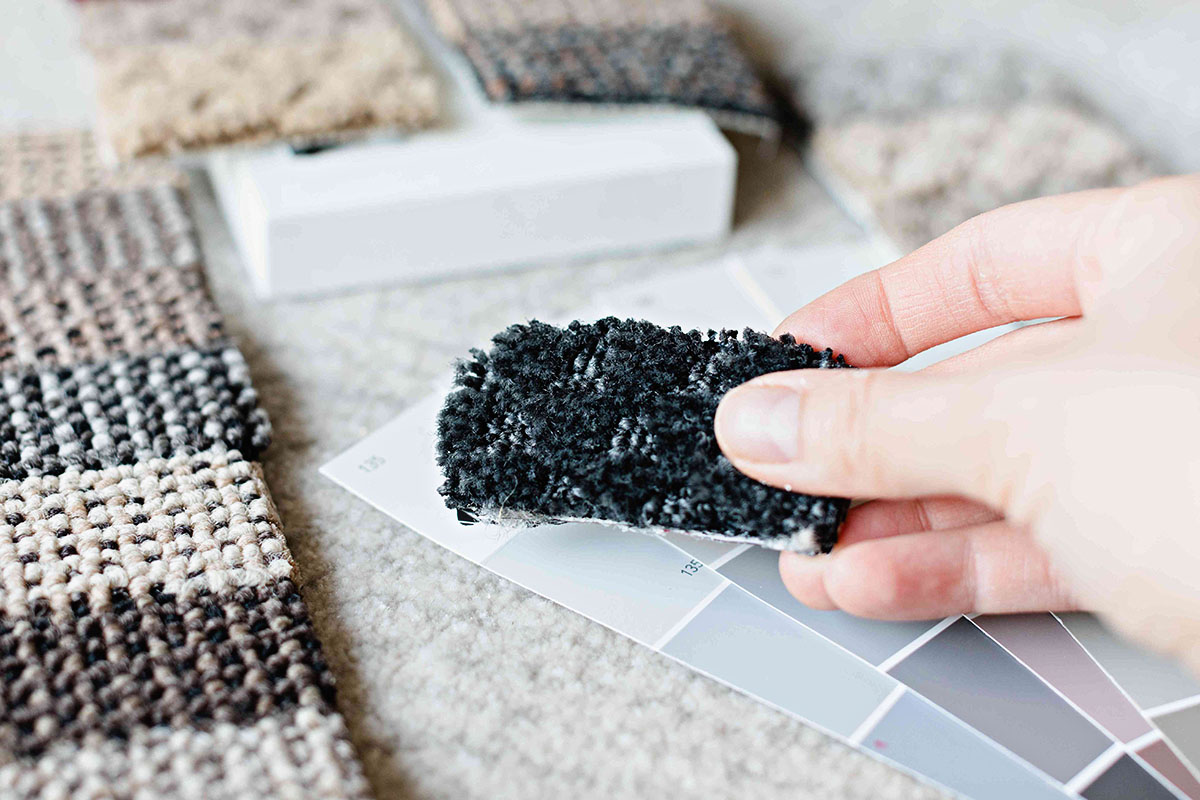
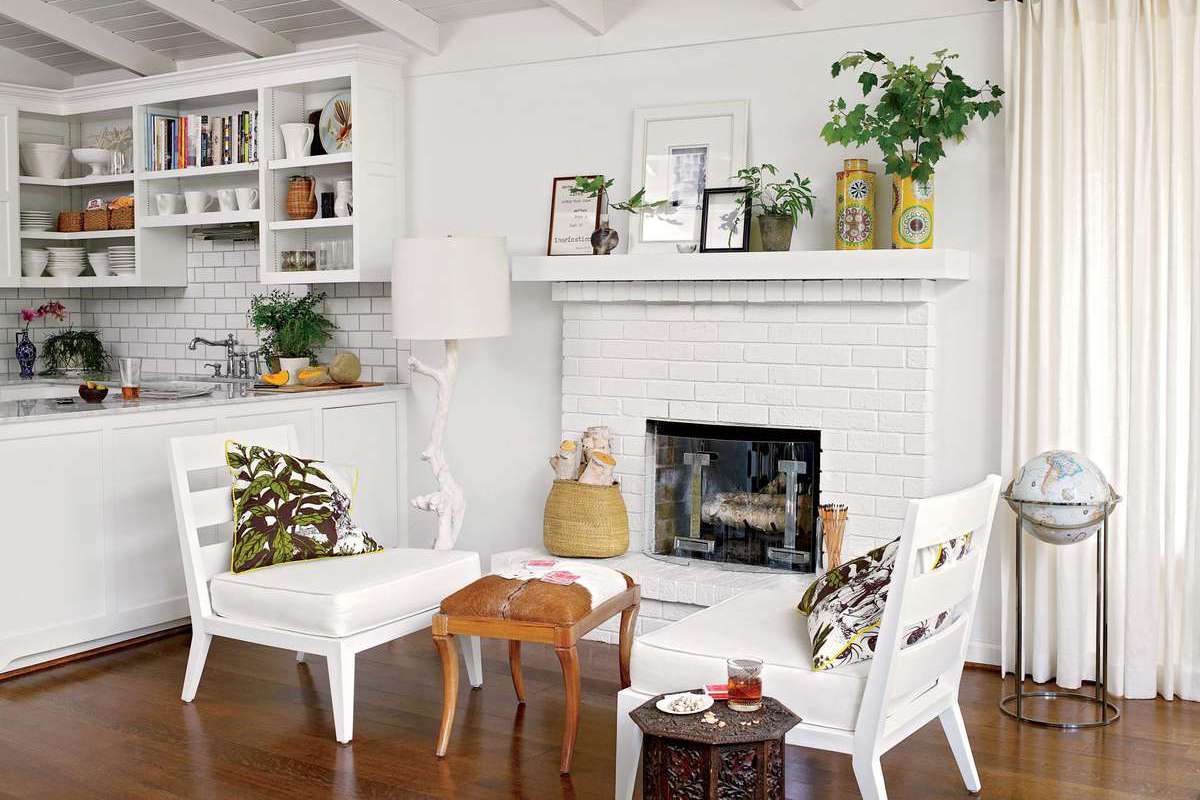
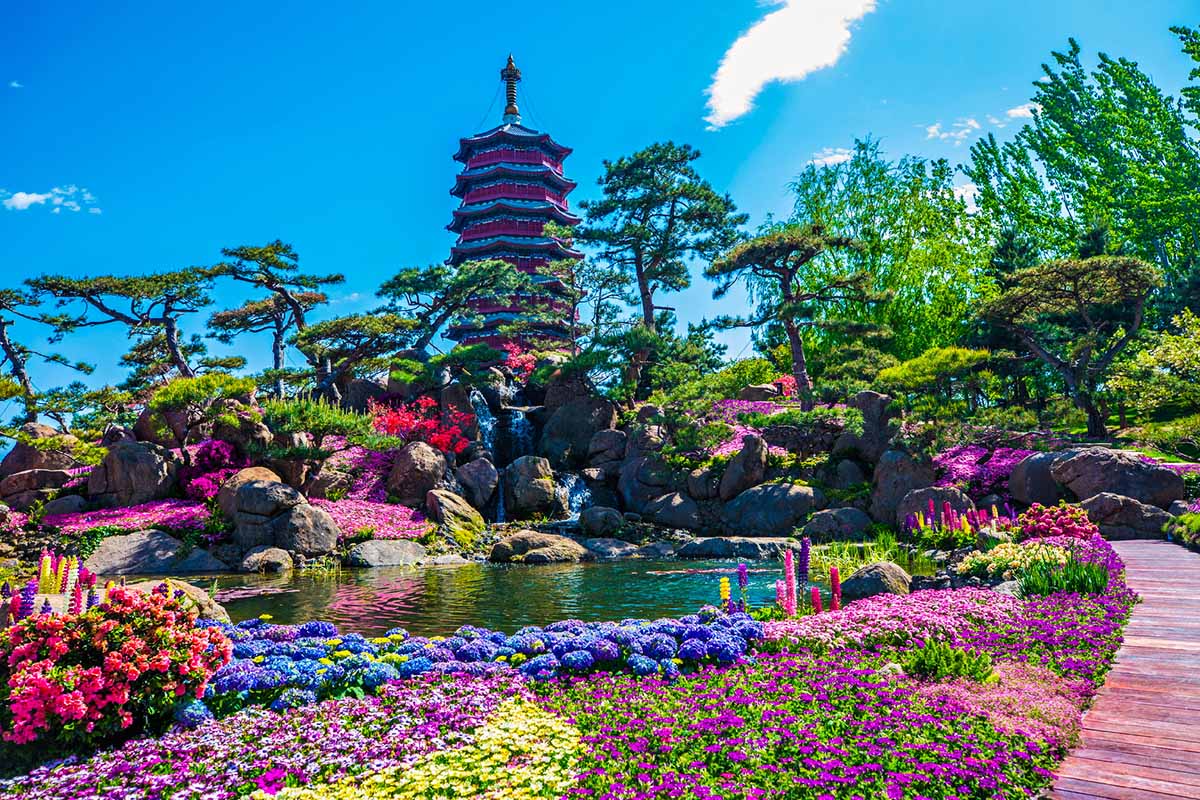
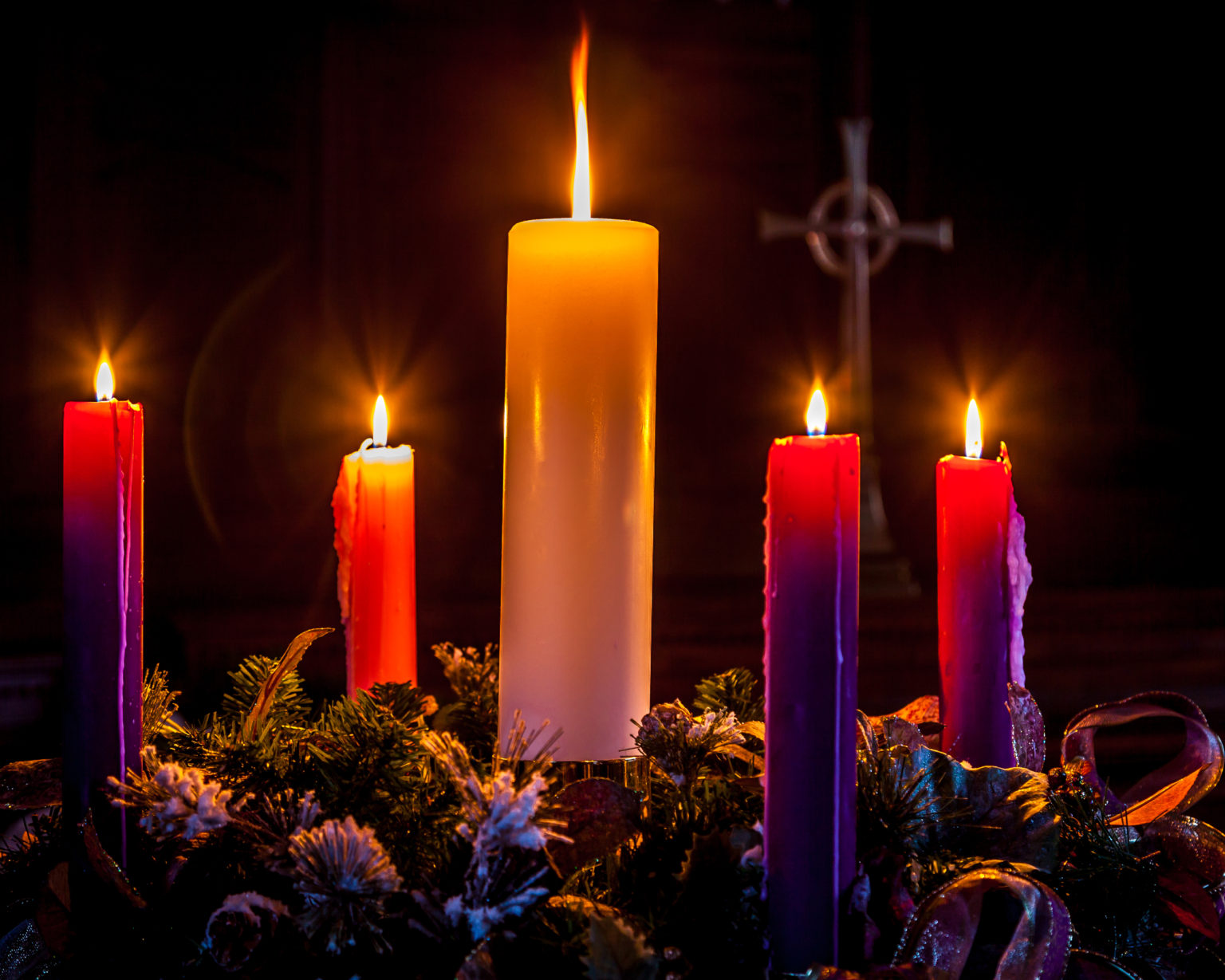
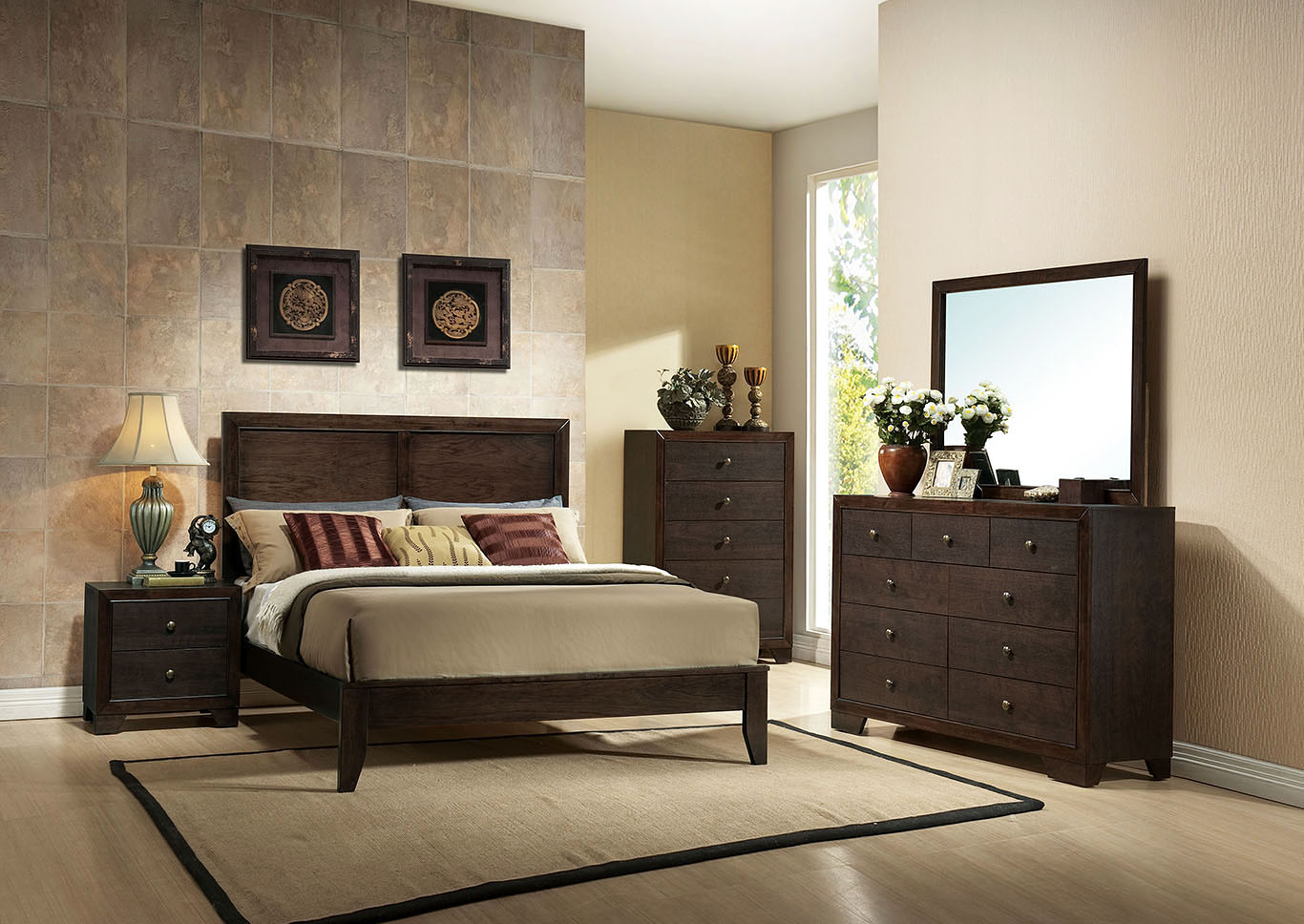

0 thoughts on “What Color Is Glass”